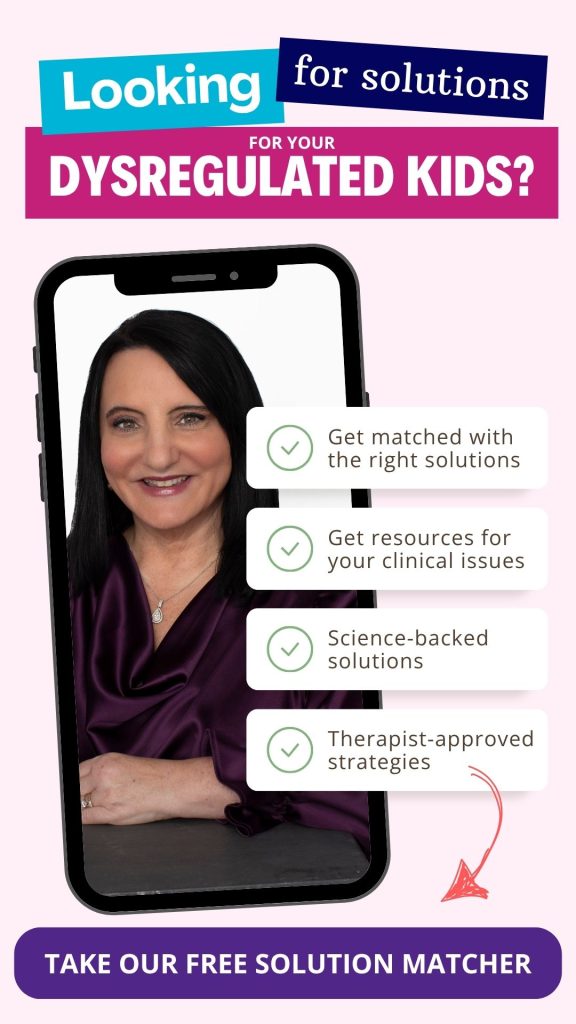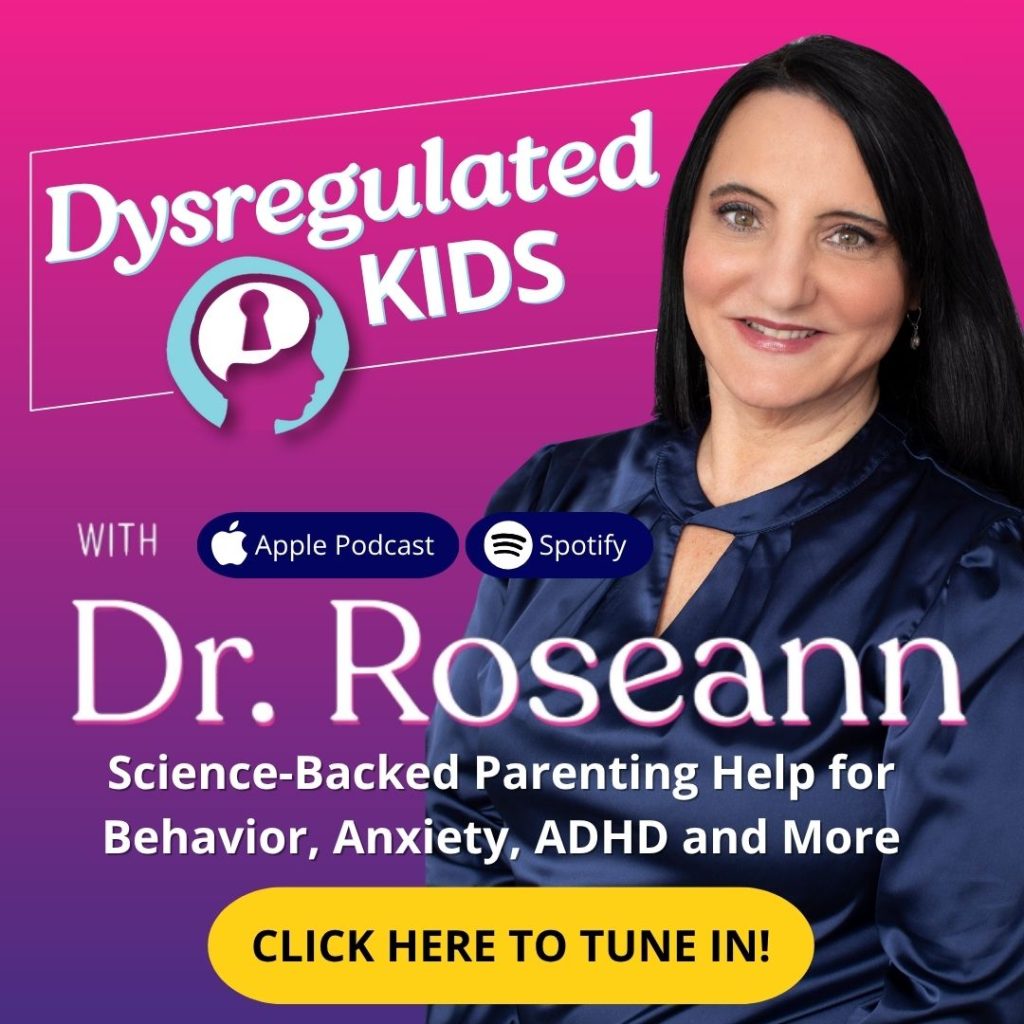If you’re parenting a child who’s recovering from Lyme disease, it can feel like a long road of trial and error. The fatigue, brain fog, inflammation, and mood swings don’t always disappear with antibiotics alone. That’s because chronic Lyme affects the brain, immune system, and nervous system—and that means a brain-based, body-wide recovery plan matters.
Herbal medicine has been used for centuries to fight infection, ease inflammation, and calm the nervous system. In our practice, we find that when herbs are paired with brain-based therapies like neurofeedback, nutrition, and nervous system regulation tools, kids and teens make faster and more lasting progress.
This guide breaks down the top science-backed herbs for Lyme, why they work, and how to use them safely as part of a holistic healing approach.
Which Herbs Help with Lyme Disease Recovery?
Choosing the right herbs can play a key role in calming inflammation, supporting immunity, and helping the nervous system recover from Lyme.
The following 8 herbs for Lyme have shown promise in research and clinical use:
| Herb | Key Benefits | |
|---|---|---|
| Japanese Knotweed (Polygonum cuspidatum) |
Reduces inflammation and crosses the blood-brain barrier; supports circulation and neurological repair | |
| Cat’s Claw (Uncaria tomentosa) |
Immune-modulating and antimicrobial; may reduce neuroinflammation and brain fog | |
| Sarsaparilla (Smilax spp.) |
Binds to endotoxins and helps detoxify; known to reduce Herxheimer reactions | |
| Andrographis (Andrographis paniculata) |
Broad-spectrum antimicrobial; shown to reduce fever, fatigue, and pain | |
| Chinese Skullcap (Scutellaria baicalensis) |
Reduces inflammation and oxidative stress; calms the nervous system and supports focus | |
| Cryptolepis (Cryptolepis sanguinolenta) |
Powerful antimicrobial, especially against Borrelia; may help with co-infections and resistant symptoms | |
| Sweet Wormwood (Artemisia annua) |
Antiparasitic and antimicrobial properties; effective against Babesia and other co-infections | |
| Cordyceps (Cordyceps sinensis) |
Increases energy and mitochondrial support; helps regulate immune and adrenal systems |
How Do These Herbs Work?
Each of these herbs works differently to support the body’s healing from Lyme disease. Some target the infection directly. Others reduce inflammation or help detox the system. The key is in how they interact with the brain, immune system, and nervous system.
Here’s how they support Lyme recovery:
- Reduce neuroinflammation (e.g., Cat’s Claw, Skullcap, Japanese Knotweed)
- Boost immune regulation (e.g., Cryptolepis, Andrographis)
- Calm the nervous system (e.g., Skullcap, Sarsaparilla)
- Aid detox pathways and bind toxins (e.g., Sarsaparilla, Sweet Wormwood)
- Restore energy and mitochondrial function (e.g., Cordyceps)
Kayla, a mom of a 17-year-old recovering from Lyme, saw major progress when her daughter started taking Chinese Skullcap and Cordyceps. “Within weeks, her mood swings were less intense, and she had more energy after school.”
Can Herbs Replace Antibiotics for Lyme?
For acute Lyme disease, antibiotics are essential to reduce the bacterial load. But when symptoms linger beyond the initial treatment—or when co-infections and neurological symptoms appear—herbs offer something antibiotics can’t: support for immune modulation, nervous system regulation, and inflammation reduction.
Herbs are best used to:
- Support long-term healing
- Address co-infections and inflammation
- Enhance brain and immune resilience
- Reduce symptoms like brain fog, fatigue, and mood swings
Herbs are essential in chronic Lyme recovery.
Are Herbs Safe for Children?
Yes, many herbs can be safely used with children under professional guidance. Herbal remedies must be age-appropriate, dosed properly, and given with awareness of a child’s individual needs and sensitivities.
Safe herbal strategies include:
- Liquid tinctures with kid-safe dosing
- Capsules for older kids/teens
- Herbal teas (e.g., Skullcap or Cat’s Claw blends)
- Use of binders like charcoal for detox support
Always consult an integrative provider who understands chronic infections and pediatric care.
How Should You Use Herbal Remedies?
There’s no one-size-fits-all herbal plan. The best results come from layering herbs into a comprehensive care plan that includes brain-based tools.
Start with these steps:
- Identify key symptoms (neuroinflammation, fatigue, detox issues)
- Choose herbs based on needs (see table above)
- Start low and slow, especially if detox reactions occur
- Combine herbs with other modalities like neurofeedback and nutritional therapy
- Monitor changes weekly with a journal or symptom tracker
Brain Science Spotlight: Lyme Disease
Recent research from Johns Hopkins University revealed that Lyme bacteria can persist in brain tissue, triggering long-term neuroinflammation even after antibiotic treatment. Dr. Ying Zhang, lead author of the study, explains:
“Persistence of Borrelia in the brain may be responsible for ongoing neurological symptoms seen in chronic Lyme patients.”
This helps us understand why so many children and teens experience emotional dysregulation, anxiety, brain fog, and sensory issues long after Lyme diagnosis.
What this means for your family: A brain-based recovery approach is essential. Herbs that calm inflammation and support brain repair can make a real difference.
Dr. Roseann’s Therapist Tip
“In my many years of clinical practice, I’ve learned that the nervous system has to feel safe in order for healing to happen. Here’s what I tell parents: Don’t chase every symptom—calm the brain first, and then you’ll see the dust settle.
Try this today: Choose one calming herb like Skullcap or Cordyceps and add it to your child’s evening routine. Pair it with a 10-minute breathwork or PEMF session.
Why it works: When you support the vagus nerve and quiet the stress response, inflammation reduces and healing begins.
Remember: Regulation is the foundation. And it’s always possible.
How Long Do You Need to Use Herbs for Lyme?
Chronic Lyme recovery takes time, and so does herbal support. Many families see positive shifts within 6 to 12 weeks, but ongoing use is often needed to maintain progress.
Considerations for timing:
- Start with a 30-day protocol and reassess symptoms
- Taper or rotate herbs every 8–12 weeks
- Use lab results and brain maps (like QEEG) for progress tracking
- Combine herbs with lifestyle support for lasting effects
- Always work with a physician who can guide you
We used Cryptolepis for 3 months alongside neurofeedback and PEMF. Her OCD and Lyme rage began to ease around week 5,” one dad shared about his daughter’s transformation.
Natural Tools for a Complex Condition
Lyme disease is complicated—but the solution doesn’t have to be.
With the right herbs, brain-based strategies, and support, your child can get better. In fact, they can thrive. You just need to focus on regulating the nervous system and reducing inflammation, one step at a time.
There’s hope. And we’re here to walk with you.
FAQs about Lyme Herbs
What are Herxheimer reactions and how do herbs help?
A Herxheimer reaction is a temporary worsening of symptoms as toxins are released. Herbs like Sarsaparilla help bind and flush those toxins, easing the reaction.
Do I need a professional to use these herbs?
Yes, guidance from a clinical herbalist or integrative provider is highly recommended, especially when working with children or combining with medications.
What if my child has PANS/PANDAS and Lyme?
This is very common. Many kids with PANS have underlying Lyme or co-infections. Herbs can be used safely when combined with a PANS/PANDAS treatment protocol.
Can I use herbs if my child is still on antibiotics?
Yes. Many herbs work synergistically with antibiotics to support immune function, reduce inflammation, and help clear the infection.
How do I know the herbs are working?
Look for changes in:
- Sleep and mood
- Focus and irritability
- Physical energy and stamina
- Tolerance to stress or detox reactions
Dr. Roseann is a mental health expert in Lyme Disease who frequently is in the media:
- Living with Lyme (Podcast) Neurofeedback and biofeedback for PANS/PANDA
- Parenting Prism Podcast Understanding Lyme Disease
Always remember… “Calm Brain, Happy Family™”
Disclaimer: This article is not intended to give health advice and it is recommended to consult with a physician before beginning any new wellness regime. *The effectiveness of diagnosis and treatment vary by patient and condition. Dr. Roseann Capanna-Hodge, LLC does not guarantee certain results.
Are you looking for SOLUTIONS for your struggling child or teen?
Dr. Roseann and her team are all about science-backed solutions, so you are in the right place!










